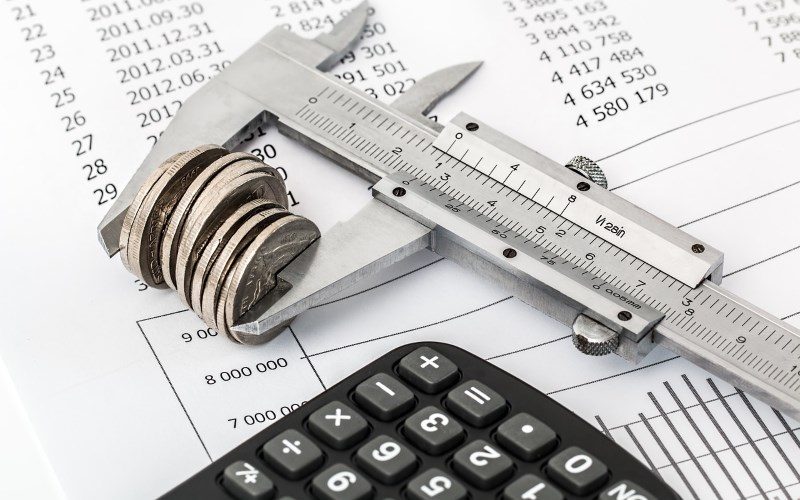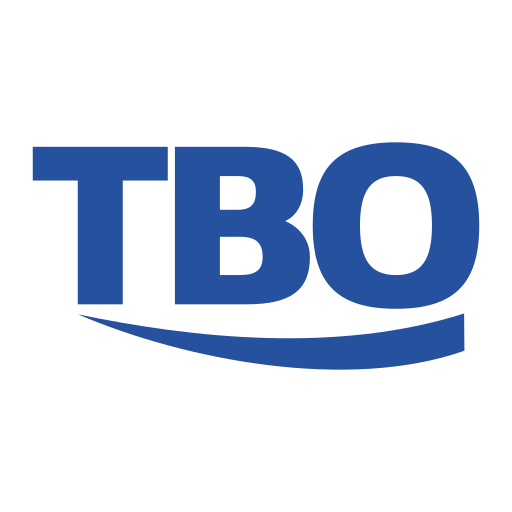
Getting rid of debt starts with taking stock of it. This sounds simple, but it’s actually a huge step to take — as it’s not always easy to sit down and face what you owe head on. Once you have a better understanding of what you’re dealing with and how much you owe, you can make a better decision about eliminating it.
However, it can be downright difficult to decide exactly what to do with your debts. You may have heard about debt relief — also called settlement — as a potential solution, but you’re wondering if you even qualify. Here are some guidelines to help you figure out if you qualify for a debt relief program
You’re Struggling with Unsecured Debts
The first factor to consider is the nature of your debts, specifically whether they are secured or unsecured.
While secured debts involve an asset as collateral — like a mortgage or auto loan — unsecured debts do not. If you default on a secured debt, lenders can seize the asset.
Unsecured debts, on the other hand, do not involve collateral. If you become delinquent on unsecured debts, you’ll likely face contact from debt collectors and damage to your credit score and possibly a lawsuit, but that’s it.
According to The Ascent, some examples of unsecured debts include:
- Medical bills
- Credit cards
- Most personal loans
Debt relief programs generally only work with unsecured debts, especially credit cards and other accounts that have gone to collections. So, your qualification for enrolling in a program depends a lot on having these “right” kinds of debt. Another consideration is how much debt you have, as most programs require a minimum threshold — often $5,000 or more.
You Have Experienced a Recent Financial Hardship
Debt relief programs generally expect enrollees to be able to cite a recent financial hardship that’s affected their ability to service debts. This can include divorce, death in the family, layoffs, loss of hours at work or a serious illness.
Debt relief programs that work will go over your specific financial situation before allowing you to sign up, including the circumstances that have led up to you having substantial debt. Be wary of any program that seems not to care why you’re in debt; this may be a sign of a scam rather than a reputable settlement opportunity. When you explain your financial circumstances, be ready to back up what you cite as reasoning with tangible proof, like pay slips and medical statements.
You Do Not Qualify for Bankruptcy — or Want to Avoid It
Some borrowers pursue debt relief after finding out they are not viable candidates for bankruptcy. Getting unsecured debts forgiven through Chapter 7 bankruptcy entails passing a “means test” upon which your household income will need to fall below your state median. You’ll also need to demonstrate your disposable income — after paying for essentials — falls below a certain threshold. Many borrower situations are outside of these requirements. People who cannot file for bankruptcy or want to avoid it if possible may find debt relief to be a better fit, based on their financial situations.
Qualifying for a debt relief program entails having eligible debt types and amounts. It also entails having experienced financial hardship and not being able to pursue bankruptcy instead. The best way to find if you meet a program’s exact requirements is to visit its website or call a representative to ask.

